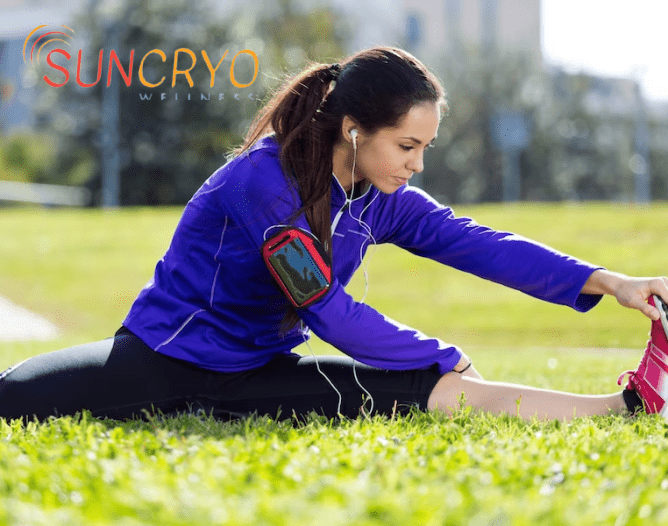Orthotics with Exercise

In the realm of musculoskeletal health, the integration of orthotics with targeted exercise has emerged as a promising strategy for managing a range of conditions, including Posterior Tibial Tendon Dysfunction (PTTD). This innovative approach combines the mechanical support provided by orthotic devices with the therapeutic benefits of exercise, culminating in a comprehensive and effective treatment regimen. https://georgetownsuncryo.com/
Understanding Posterior Tibial Tendon Dysfunction (PTTD)
Posterior Tibial Tendon Dysfunction, commonly known as PTTD, is a debilitating condition that affects the posterior tibial tendon, which plays a crucial role in maintaining the arch of the foot. This condition often leads to pain, instability, and the progressive flattening of the arch. Individuals suffering from PTTD may find it challenging to perform daily activities, let alone engage in physical exercises. https://georgetownsuncryo.com/
The Synergy between Orthotics and Exercise
Orthotics: Providing Structural Support
Orthotic devices are meticulously crafted to provide biomechanical support and alleviate the strain on affected tendons and ligaments. By redistributing pressure and realigning the foot’s structure, orthotics address the root causes of PTTD. These devices come in various forms, including arch supports and custom-made shoe inserts, all tailored to the individual’s unique foot anatomy.
Exercise: Strengthening and Rehabilitation
Complementing the mechanical benefits of orthotics, targeted exercises play a pivotal role in strengthening the muscles and tendons involved in foot stability. A comprehensive exercise regimen can enhance the effectiveness of orthotic intervention by promoting muscle balance, improving proprioception, and aiding the rehabilitation process. Such exercises may encompass calf raises, toe curls, and balance exercises on unstable surfaces.
A Holistic Treatment Approach
The amalgamation of orthotics and exercise constitutes a holistic approach to addressing PTTD. This synergy capitalizes on the strengths of both modalities, creating a powerful intervention that tackles the condition from multiple angles. This collaborative method not only alleviates existing symptoms but also prevents the progression of the disorder and reduces the risk of recurrence.
The Road to Recovery: Patient Adherence and Long-Term Benefits
For optimal outcomes, patient adherence is paramount. Emphasizing the importance of consistent wear of orthotics and adherence to prescribed exercise routines is crucial. Over time, individuals can experience enhanced foot function, reduced pain, and improved overall quality of life. The combination of orthotics and exercise presents not only a solution for the immediate symptoms but also a path toward lasting recovery.
Conclusion
In the dynamic landscape of musculoskeletal health, the integration of orthotics with exercise stands out as a beacon of hope for individuals grappling with Posterior Tibial Tendon Dysfunction. By harnessing the complementary benefits of mechanical support and therapeutic movement, this approach offers a comprehensive solution that addresses the root causes of the condition. Embracing the synergy between orthotics and exercise is an investment in better foot health, enabling individuals to regain their mobility, stability, and comfort. https://www.absolutefootcarelv.com
